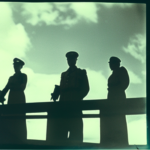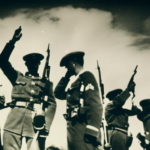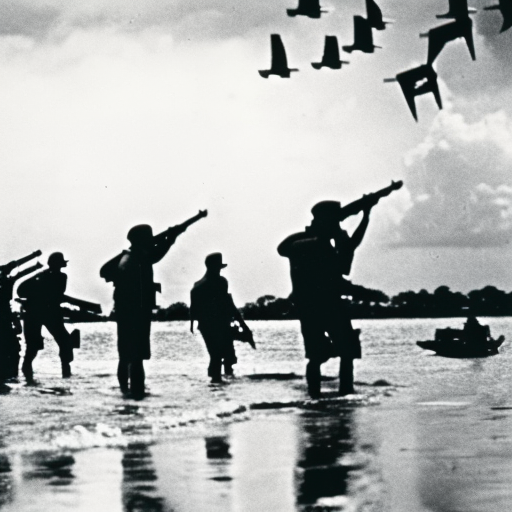The Bay of Pigs Invasion (1961)
The Bay of Pigs Invasion was a failed attempt by the United States to overthrow the Cuban government led by Fidel Castro in 1961. The invasion was carried out by a group of Cuban exiles who had been trained and equipped by the CIA. The goal was to spark a popular uprising against Castro’s regime and establish a pro-American government in Cuba. However, the operation was poorly planned and executed, resulting in a humiliating defeat for the United States.
Background
After coming to power in 1959, Fidel Castro implemented a series of socialist reforms in Cuba, including the nationalization of industries and the redistribution of land. These policies alarmed the United States, which saw Cuba as a strategic ally and an important source of trade and investment. The US government, under President Dwight D. Eisenhower, began exploring ways to remove Castro from power.
The Plan
The CIA devised a plan to train and arm a group of Cuban exiles and launch an invasion of Cuba. The operation was named the Bay of Pigs Invasion because the exiles would land at the Bay of Pigs on the southern coast of Cuba. The plan called for the exiles to establish a beachhead and then rally the Cuban people to rise up against Castro.
The Invasion
On April 17, 1961, around 1,400 Cuban exiles, known as Brigade 2506, landed at the Bay of Pigs. However, the element of surprise was lost, as the Cuban government had been aware of the invasion plans for some time. The exiles faced fierce resistance from Castro’s forces, who were well-prepared and heavily armed. The invasion quickly turned into a disaster, with the exiles outnumbered and outgunned.
Defeat and Fallout
Within three days, the invasion was crushed, and most of the exiles were either killed or captured. The failure of the Bay of Pigs Invasion was a major embarrassment for the United States. President John F. Kennedy, who had recently taken office, took responsibility for the operation’s failure. The incident strained US-Cuban relations further and strengthened Castro’s grip on power.
Legacy
The Bay of Pigs Invasion had significant consequences for both the United States and Cuba. It solidified Castro’s position as a leader and allowed him to further consolidate his power. It also pushed Castro closer to the Soviet Union, leading to the Cuban Missile Crisis the following year. For the United States, the invasion highlighted the limits of covert operations and the need for better intelligence. It also damaged the reputation of the CIA and raised questions about the US government’s commitment to supporting anti-communist movements.
Conclusion
The Bay of Pigs Invasion was a failed attempt by the United States to overthrow the Cuban government. The poorly planned and executed operation resulted in a humiliating defeat for the US and strengthened Fidel Castro’s regime. The invasion had long-lasting consequences, including strained US-Cuban relations and the escalation of tensions during the Cold War. The Bay of Pigs Invasion serves as a cautionary tale about the challenges and risks of covert military interventions.












